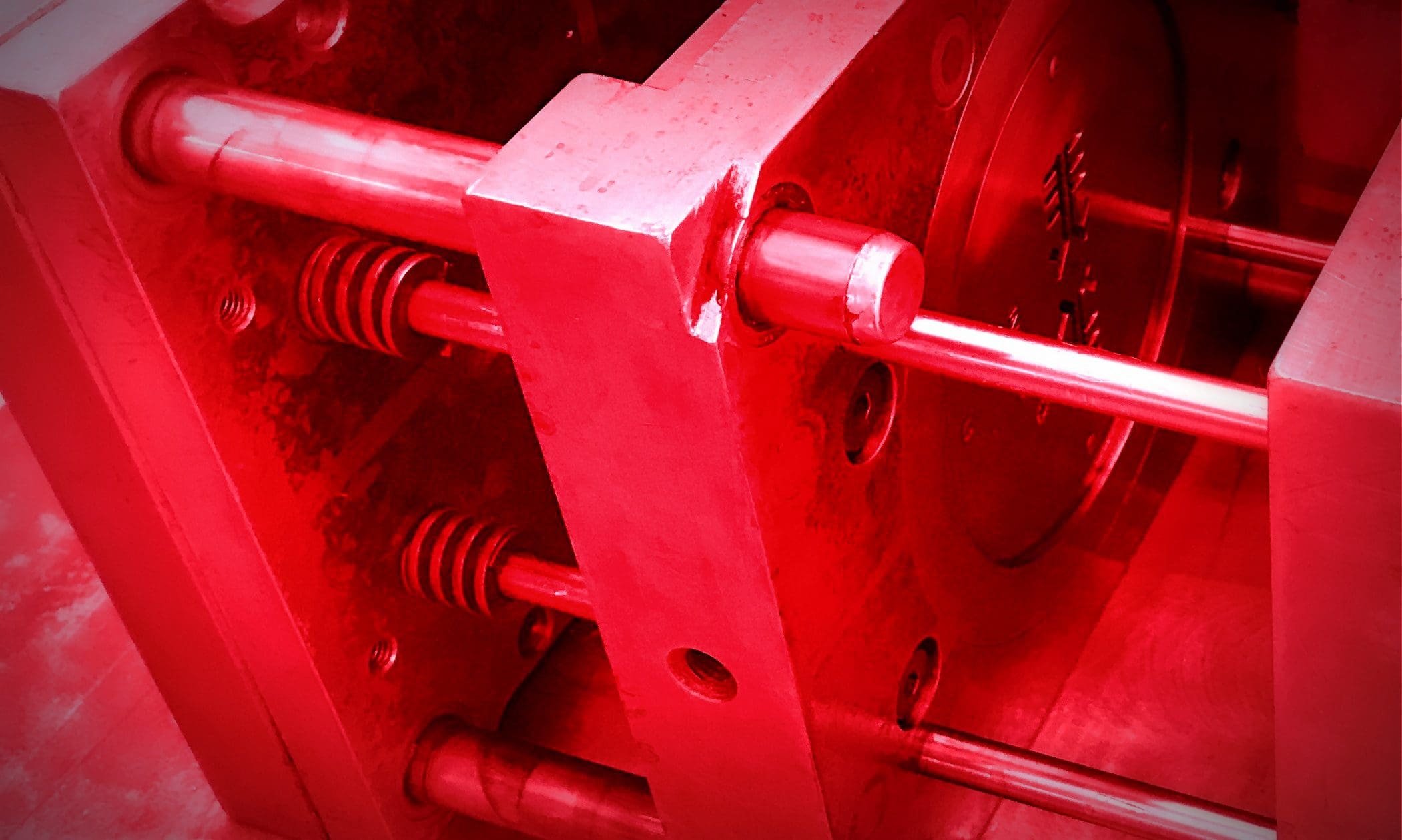When a new plastic injection mold is built and initially assembled, it usually goes through two general stages of testing, inspections and evaluation. These phases serve somewhat different purposes, although they are related and both are necessary for the mold to be completed and put into production. Also, while certain projects and companies may require additional steps to be taken, the approach described here is common for most new tooling.
The first stage of testing new tooling customarily is referred to as mold qualification, which looks to see if part dimensions are to specification and if the part meets aesthetic and/or surface requirements. This examination is conducted by the mold builder, who subsequently provides some of the samples produced and the inspection reports containing their findings.
The parts produced during this process generally are called tooling samples. The tooling samples are inspected to confirm the dimensional accuracy of the parts (i.e., to make sure the measurements are within the allowable tolerances, especially with respect to any critical dimensions that have been identified) and to validate proper mold function. Samples produced during the mold qualification stage are not inspected for color, finish, etc., which will be done during the next phase of testing.
If any of the tooling samples’ dimensions are not to specification, the mold will go in for modifications, and another round of samples will be produced and inspected. Once everything meets the requirements, the mold can be completed, and the next stage of testing can be performed.
The second stage of inspecting new injection molds is called process validation. During the process validation phase, the molder establishes the optimal process parameters for a particular mold, so that it consistently produces parts that conform to the specifications. This can be a lengthy process, as arriving at an ideal molding process is a technical and specialized endeavor involving the interaction of multiple variables, including the injection speed, injection pressure, mold temperature, cavity pressure, cooling time, and ejection speed.
Process validation is conducted using the specific resin, colorant, additives and injection molding machine to be used during production. The parts produced at this point are called first article samples, which should be identical to the parts that will be manufactured once the mold goes into production and, thus, should be evaluated in every respect. To document the testing, a first article inspection report (or FAIR) will be prepared and submitted with the samples.
Similar to the mold qualification stage, if there are any issues, either the mold (occasionally) or the process (most likely) will need adjusting, and another round of samples will be created and inspected. Once conforming parts are produced, inspected and approved, the mold will be production ready.
Although this is only a short, simplified summary of the process for testing new plastic injection molds, it should give you a basic understanding of the steps and approach involved. If you would like more information, please do not hesitate to contact us. We’re here to help.

